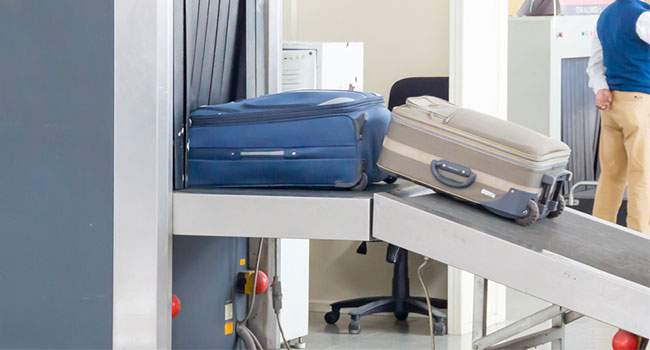
TSA Prepares for Millions of Spring Break Travelers
- By Sydny Shepard
- Mar 07, 2016
The number of travelers is continuously growing from year-to-year and the Transportation Security Administration (TSA) is trying to keep up. The problem only gets worse in the month of March, the month of Spring Break.
TSA normally screens around 2 million passengers daily, up 7 percent from this same time last year. Airports are expected to see an increase of passengers up to 13 percent during the Spring Break season. The lines will be long and TSA is asking travelers to just get used to it.
Nationally, the number of TSA screeners is down by 15 percent. The head of TSA has told congress that they are working to do more with less and some of the major American hubs are hiring private security workers to fill in the gaps. But, there won’t be a permanent fix in time for Spring Break.
Some other issues that might be affecting the airport nearest you could be budget cuts or even new security measures that have not been effectively broken in, creating a longer amount of time for each passenger to pass through the security checkpoint.
TSA urges passengers to arrive at least 2 hours early in order to make their flight, although some security checkpoints have been lasting up to 10 times longer than they usually do. Pre-print your boarding pass, or use an e-ticket in order to save time. TSA also advises passengers to know what the procedures for security check are and to be mindful of what they are packing in carry-on luggage.
About the Author
Sydny Shepard is the Executive Editor of Campus Security & Life Safety.